What’s dinnertime like at your house? In my home, it can be a real puzzle sometimes. I have a boy who leans toward vegetarianism, another one who’s basically a carnivore and a man who teeters between paleo and keto. Obviously, there’s always someone who doesn’t love the meal. Unless I make pâté chinois, that is. Who knows why! This “traditional Quebec dish,” according to Le Devoir, isn’t vegetarian, paleo or keto and yet it pleases every time. Over the years, I’ve improved upon the traditional “beef, corn, potato” recipe to give it a bit of flair.
Pâté chinois was never my favourite meal. I found the one that my mom made dry and flavourless. I added tons of ketchup to make it palatable (sorry Mom—you make the best apple pie in the history of apple pies but when it comes to pâté chinois… not so much). So you can imagine that pâté chinois was never on the menu at the beginning of my relationship. It was pushed back to a gloomy corner of my memory. When I became a mother myself and I had to find healthy dishes to satisfy different appetites over several meals, it suddenly reappeared out of thin air.
I still remember the first time that I made pâté chinois. It was well before the vegetarian concerns of my oldest and the culinary experiments of my partner. The kids ate it quietly and even asked for more. And yet, it was the exact same recipe as the one my mother used. I couldn’t believe it. What is it that makes such a simple dish so popular?
Is it the ingredients? The ease of preparation? The low cost? Maybe it’s a bit of all three. So over time I tried changing it to make it tastier, but without going too far. (I love when my kids eat without complaining!)
I started the transformation by topping it with a mix of cheddar and mozzarella to test out my idea. Yes! Step one complete! Next I tested out the same idea but this time with Reblochon (I’ve always liked the way this cheese tastes with potatoes). Now what to do with this bland meat? How about preparing it with a good brown gravy? Now, I’m not going to list off all of my experiments. Whether they included mushrooms, store-bought sauce, homemade sauce, BBQ sauce or a spicier sauce, I basically let my imagination run wild for some mostly successful results. I even dared to serve vegetarian versions with lentils and smoked tofu bits. Once they got past the shock, they loved it! My favourite is the one with sausage meat instead of ground beef: same texture, exceptional taste. The great thing about sausages is the variety of choice, meaning they can satisfy all tastes.
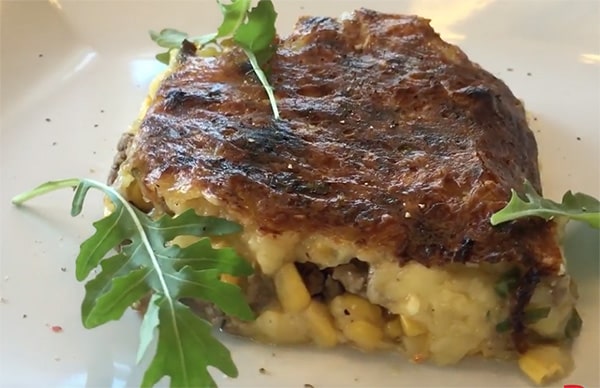
I remember once trying an hors d’oeuvre version with a slice of sausage, a mini corn patty and some mashed potatoes. At Christmas I also tried an unusual version, to say the least, that I was quite proud of. After baking the potatoes, I cut them in two and emptied them. I mixed the mashed insides with cream cheese. Then, I lined the skins with ground meat, corn and potato, and topped them with melted cheese. It was tasty and fun at the same time. My guests liked the idea but my kids told me they preferred the traditional version.
Speaking of tradition, did you know that no one really knows the origin of pâté chinois? Jean-Pierre Lemasson wrote a whole book about it in 2009 called Le mystère insondable du pâté chinois (“The Unfathomable Mystery of Pâté Chinois”). It has some close relatives, such as hachis parmentier from France, shepherd’s pie from Scotland and cottage pie from Britain, but its origins are hazy and there are several theories out there.
The most often cited theory is that the primarily Asian workers were fed mostly beef, potatoes and corn during the construction of the pan-Canadian railway in the 19th century.
Another theory states that the dish comes from China pie, a local specialty of the village of South China in Maine, where many French Canadians went in the 19th century when there wasn’t enough work on this side of the border.
Some even refer to pemmican as an ancestor of pâté chinois: a dish of meat, fat and dried berries. Others like to think that it comes from the spare rib (“échine” in French), corn and turnip pie eaten when Canada was first colonized. From pâté d’échine to pâté chinois—just one step apart!
What really throws me off is the word “chinois” (“Chinese”). Because of the corn I would’ve thought it would be called something like Indigenous pie. Why “Chinese”? Because of the colour? Because of the city of Lachine (“China”), named after a misguided expedition by Cavalier La Salle and possibly the origin of the infamous pie?
Maybe the answer is even simpler than all that but we don’t know. Not yet, that is!
Anyway, keep that in mind the next time you add corn when making hachis parmentier. I’m curious to learn about your family recipes. What small detail does your family love? My father-in-law always eats it with a marinade, fruit ketchup or zucchini ketchup. Share your ideas and suggestions with us and… bon appétit!

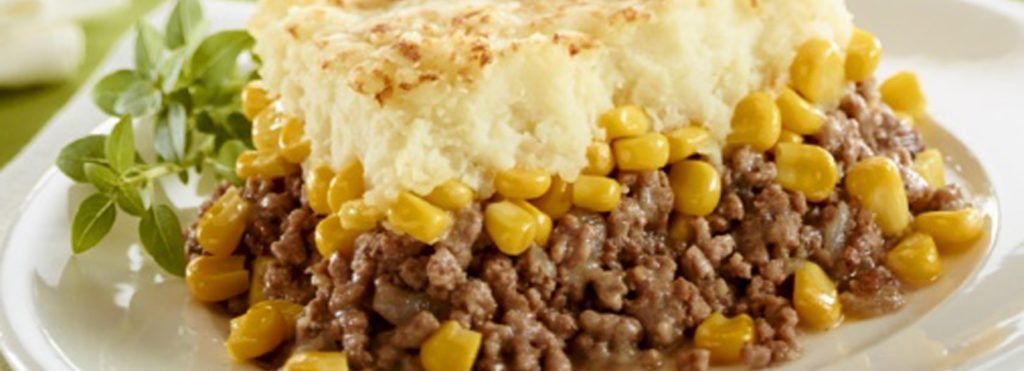
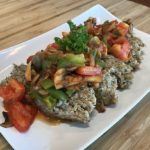


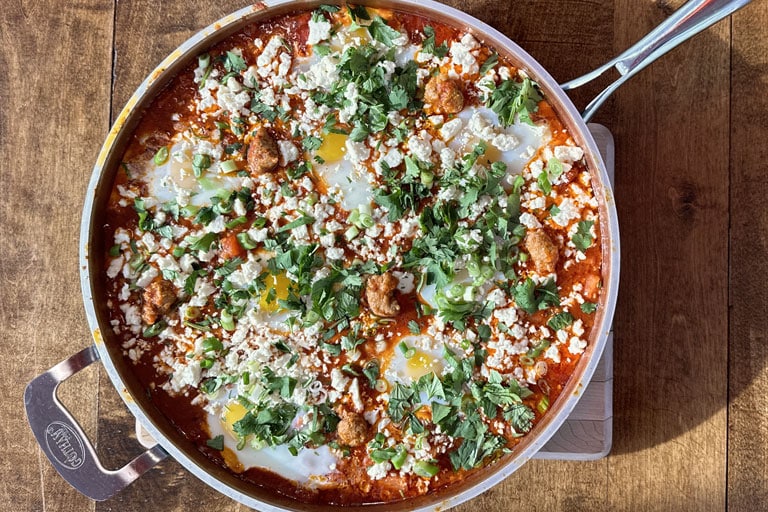
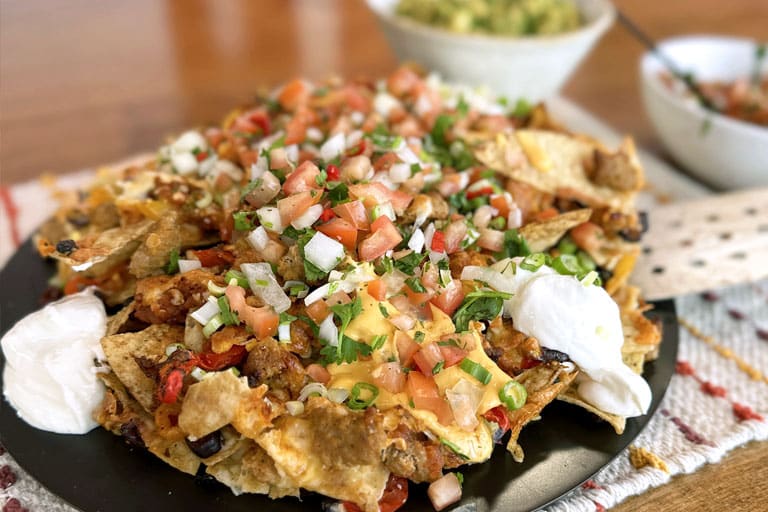
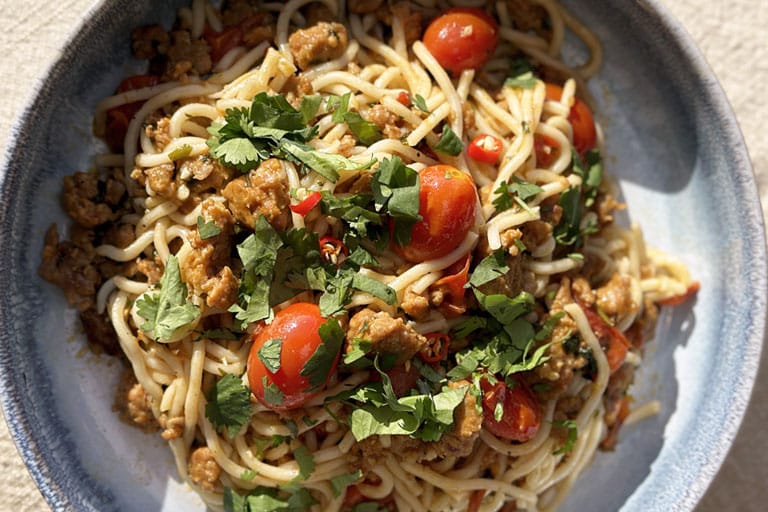
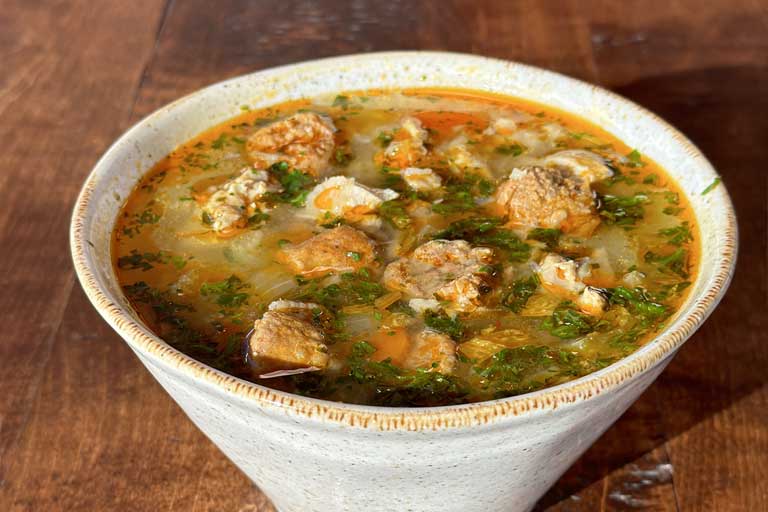
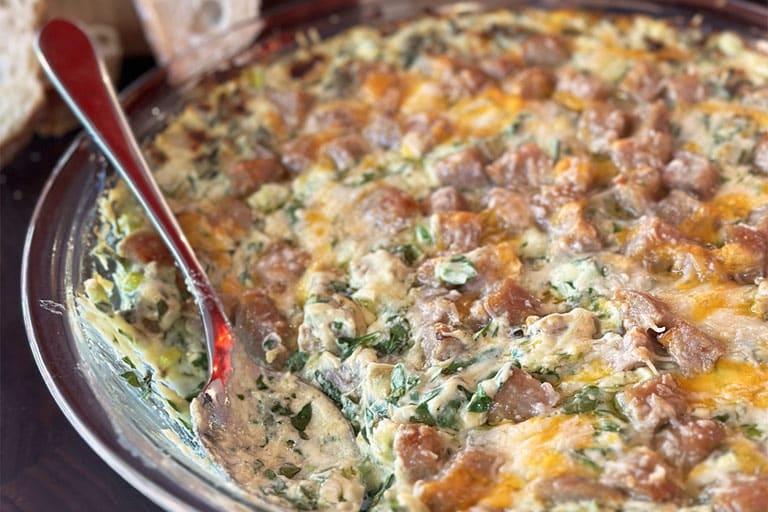

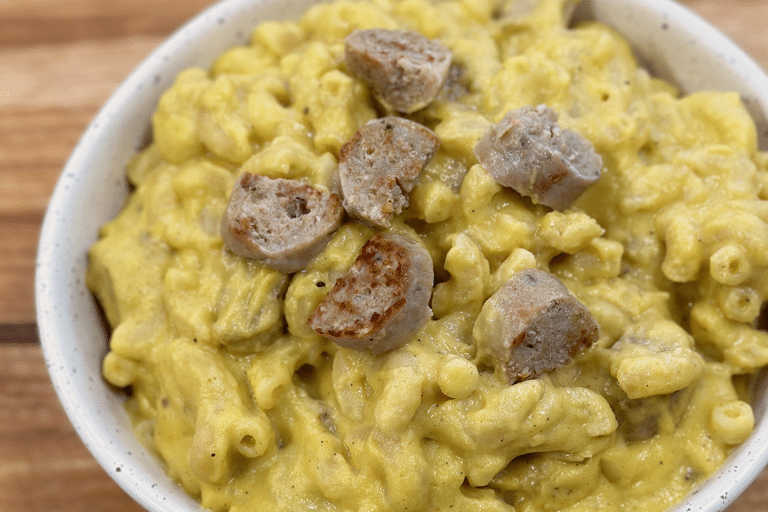
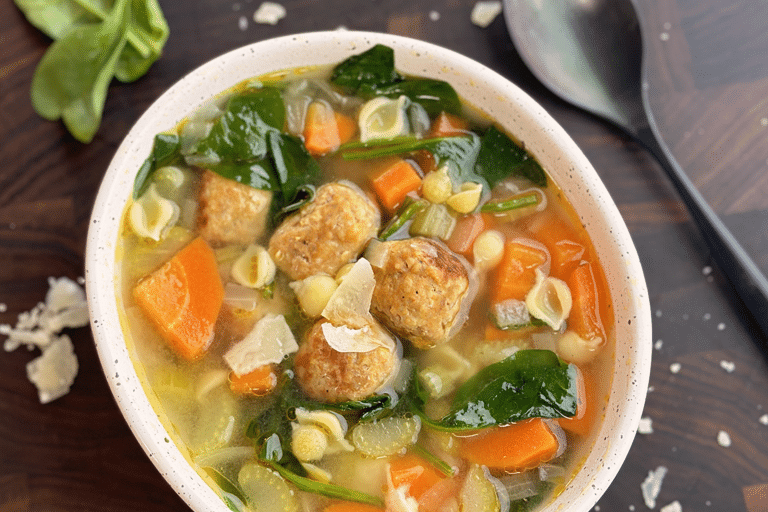

Comment